Freshwater Pearl Basics: All You Need to Know

While saltwater pearls enjoy a lot of spotlight, freshwater pearls made from mussels in freshwater are quite the gem.
They are durable, versatile, have a warm luster, and are moderately priced. That makes them an excellent choice for everyday use.
So, how are they made? Freshwater pearls come from the freshwater mussel Hyriopsis cumingii.
The pearl farmer inserts a 1.0mm square mantle into the mussel.
That insertion triggers the mollusk to form a sac, which begins to secrete nacre to form the pearl.
Freshwater pearl-producing mussels can produce up to 50 pearls at once.
That process is called nucleation, and depending on the farming practice and environmental conditions, cultivating a freshwater pearl can take 2 to 5 years.
There are different types of freshwater pearls, such as coin, potato, button, and rice. Each one is distinctive and has its unique qualities.
Origin
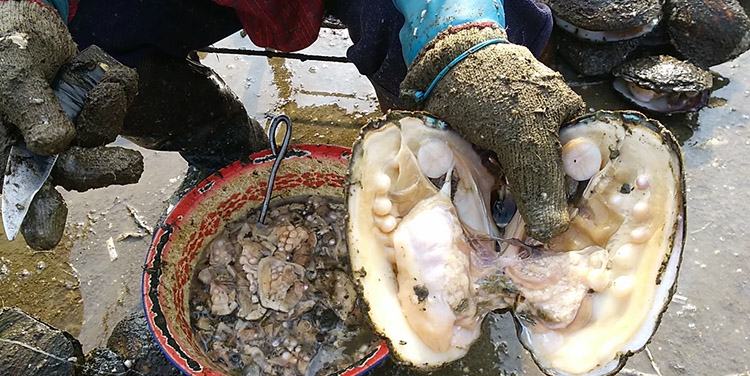
Freshwater pearls were first grown in Japan in the 1930s in the Lake Biwa, near Koyoto.
These days, China is the main commercial producer, producing around 1500 tons every year.
Size
Cultured freshwater pearls come in various sizes based on cultivation techniques, growing conditions, and harvest timing.
You will find them in small sizes of around 4mm, and they can grow up to 12mm. The most common sizes are around 6mm to 10mm.
These days, pearl farmers are cultivating larger pearls that reach 15mm, called Edison pearls.
Here is our more comprehensive article on freshwater pearl sizes.
Color
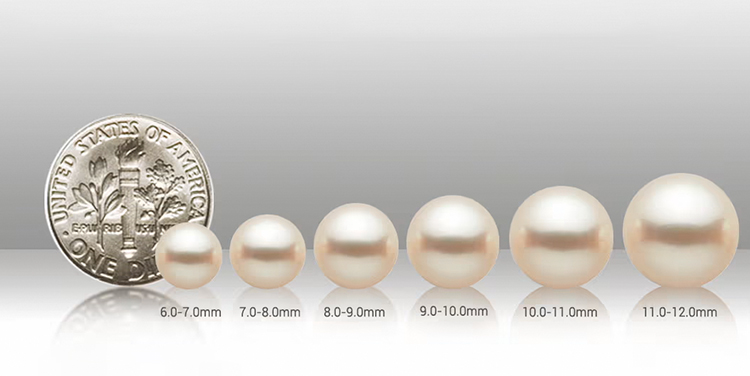
Freshwater pearls usually come in white. They also take other pastel colors like pink, lavender, peach, and similar shades.
Luster
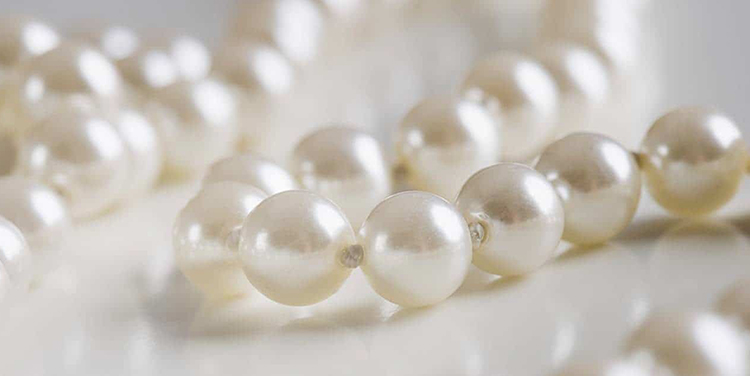
Freshwater pearls have a softer, satin-like luster. That means that their reflection is slightly more blurry than saltwater pearls.
Also, they have a subtle glow rather than shine. Freshwater pearl luster is linked to the quality and quantity of the nacre present in them.
Freshwater Pearl Grading
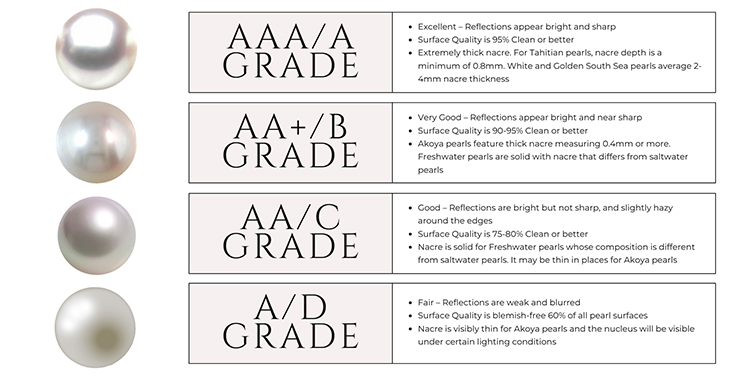
Freshwater pearls rarely have a round shape. That's because they do not have the mother-of-pearl bead nucleus that gives the mussels a well-rounded template to form the nacre over.
Only about 3% of freshwater pearls come out perfectly round.
Freshwater pearl grading is based on their nacre quality, size, luster, color, and surface quality.
Jewelers also use an AAA/A to A rating scale for freshwater pearls.
AAAA Grade: This is the highest quality of freshwater pearls, noted for their exceptional quality.
These are the rarest and have extraordinary attributes.
They are the closest to a round shape and typically deviate from a spherical shape by around 5%.
The blemish rate is usually anything from 0-5%, and they have an excellent and reflective luster.

AAA Quality: These are close to the AAAA grade and typically the starting grade for measuring the quality of most freshwater pearls.
They appear mostly round and have excellent, sharp luster with high reflection. They have no color variation and minor blemishes, usually below 5%.
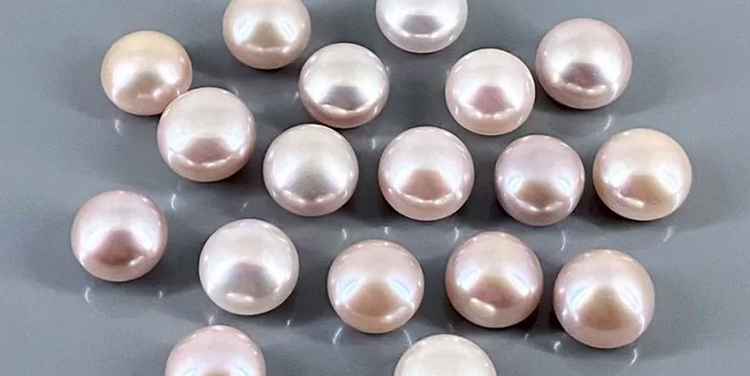
AA+ Quality: This grade comes in near oval shape, or off-round as it is called. They have a high luster with a fair reflection rate.
They have a consistent matching with little to no color and tone variation. They also have more blemishes than the first two grades, around 5-10%.
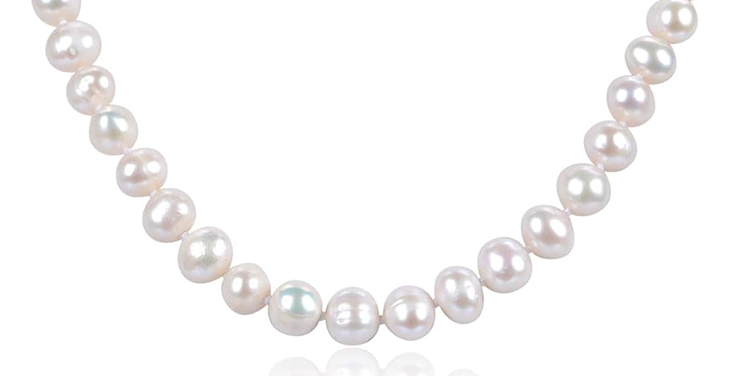
AA Quality: This quality of freshwater pearls is visibly not round, and they have a medium luster and a medium reflection rate.
They have more blemishes than the other qualities, around 20%. They also usually have some variation in color and tone.
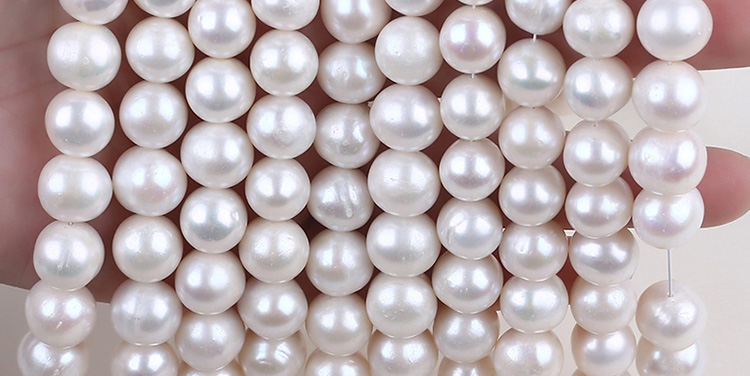
A Quality: This is the lowest quality of freshwater pearl, also known as the commercial quality.
They have a poor luster with low reflection, and their surfaces have around 50% blemish.
You will also find variations in their color, tone, and luster.
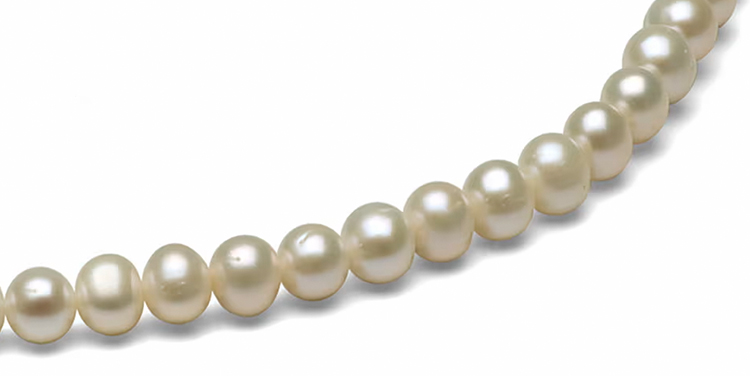
Freshwater Pearl Buying Guide
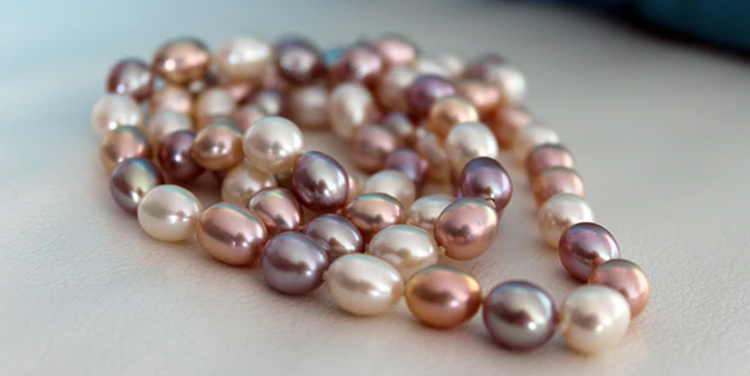
When you shop for freshwater pearls, ensure you get the real thing first. Use our guide to spot fake pearls.
The jeweler will typically grade the pearls using the AAAA to A scale mentioned earlier.
But what should you consider as a buyer? First, consider the general condition and matching of the pearl.
High-quality freshwater pearls have a satin-like luster, and they reflect well. Look for blemishes.
Better-quality ones usually have fewer blemishes.
Although they come in various colors, pristine white freshwater pearls are rare but valuable.
The white-colored freshwater pearls are also versatile, fitting into any form of use, whether for official or social occasions.
Also, the best size is between 7mm and 9mm.
That is the moderate size range that looks good on most jewelry pieces, whether earrings or necklaces.
And that size would suit most people too. So, going for something within that range makes sense.
The jewelry style depends on your fashion style and preference, but here are eight freshwater pearl bracelet styles you can consider.
Freshwater Pearl Caring Tips
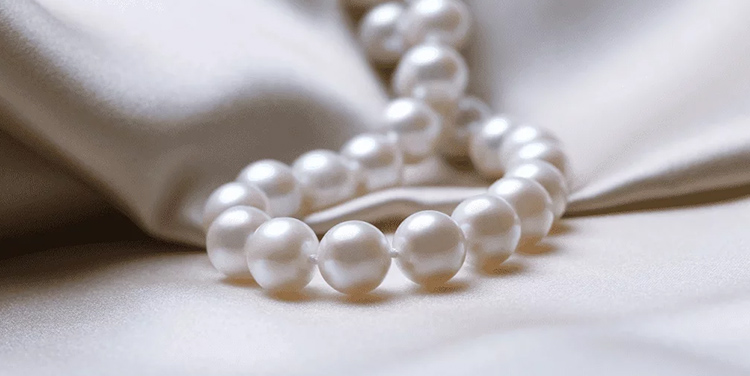
Once you own freshwater pearl jewelry, your job doesn't stop there.
Remember that pearls are delicate and require special care.
Here are some tips on how to care for your freshwater pearl jewelry.
Cleaning

When it comes to cleaning, there are some basic tips to follow.
For instance, you should clean your pearls after each wear. To remove grime and dirt:
1. Gently wipe with a soft cloth, like a flannel or microfiber cloth.
2. Avoid abrasive materials or harsh cleaning liquids or chemicals.
3. Refrain from using ultrasonic cleaners as these materials damage the pearl's surface.
They may have built up some dust if you haven't cleaned them recently.
In that case, you can clean them with a damp cloth. And if that doesn't work, add some mild soap to lukewarm water and clean with a soft cloth.
Ensure they are dry before you store them.
Storing
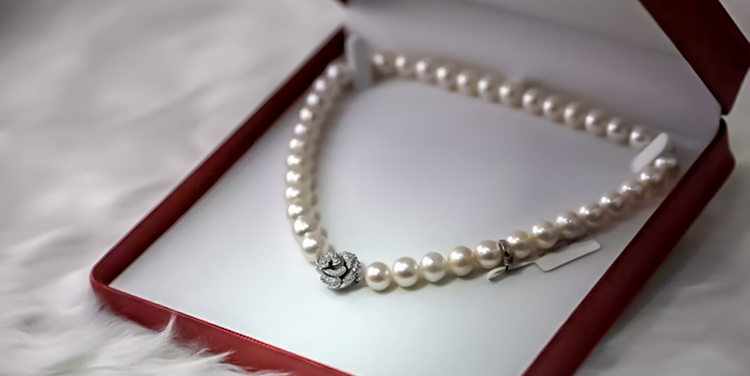
Ensure you store your pearls in a soft jewelry pack, away from other jewelry pieces.
If you do not have a jewelry pack, keep them in a soft cloth, but ensure they don't come in contact with other jewelry.
Freshwater pearls have delicate surfaces and are vulnerable to scratches.
Expert Care
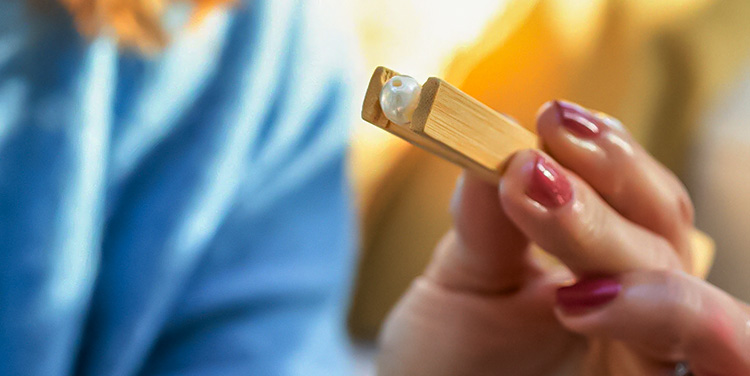
Suppose you are unsure how to care for your pearls or notice significant damage.
In that case, you should turn them over to a pearl jewelry expert for assessment.
FAQs
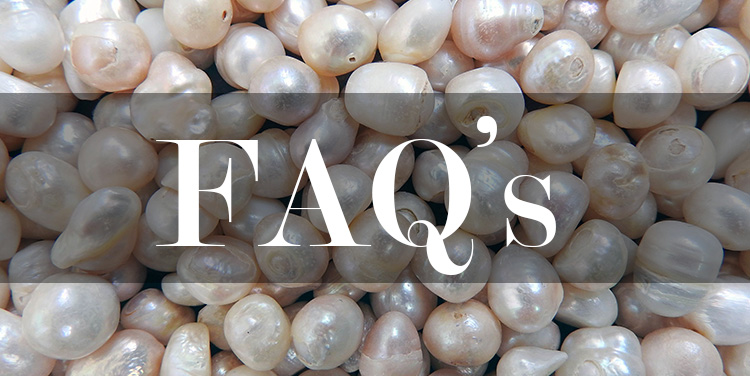
●How much should I expect to pay for freshwater pearls?
The cost of freshwater pearls depends on their overall quality, based on shape, size, and color.
They are generally affordable, and you can find something in the $50 to $500 range for a piece of freshwater pearl jewelry.
●How long do freshwater pearls last?
Freshwater pearls are versatile and durable. In the right conditions, they can last a lifetime.
Protect them from sweat, water, dirt, and harsh chemicals. And ensure they don't come in contact with hard surfaces or any rough material.
Clean after each wear with a dry microfiber cloth.
●Are freshwater pearls considered a good investment?
Freshwater pearls are versatile, durable, and long-lasting, and their value increases.
Yet, they are not considered a good investment as they are not as valuable as their saltwater counterpart, like the South Sea pearl.
●What happens if freshwater pearls get wet?
The moisture can destroy the pear and its thread if freshwater pearls get wet.
Excessive moisture can make the threads lengthen and stretch, altering the shape of the pearl.
Water and excessive moisture can also cause internal data, which breaks down the pearl's internal composition.
Conclusion
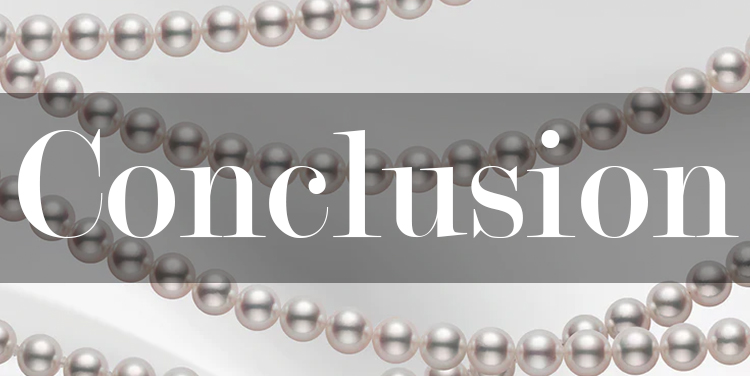
Freshwater pearls are unique and brilliant in their own right.
Although they are not as valuable as their saltwater counterpart, these beautiful pearls make good fashion companions.
As there are many fake products in the market, ensure that you are careful to identify real freshwater pearls and consider your budget, usage, and fashion style to decide what style of pearl jewelry suits you.


Leave a Comment